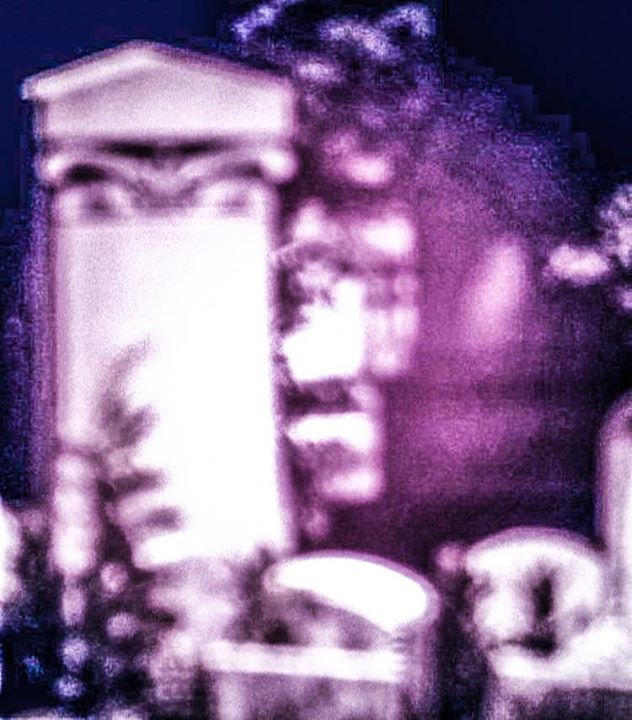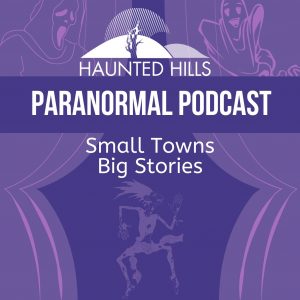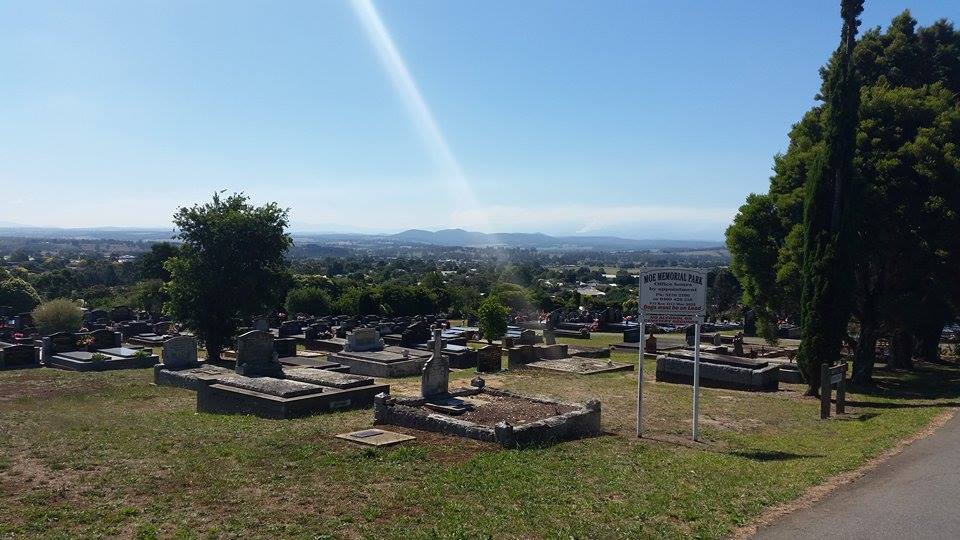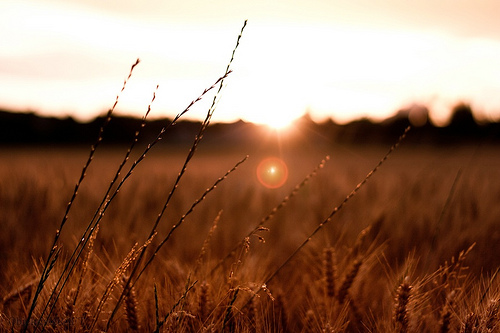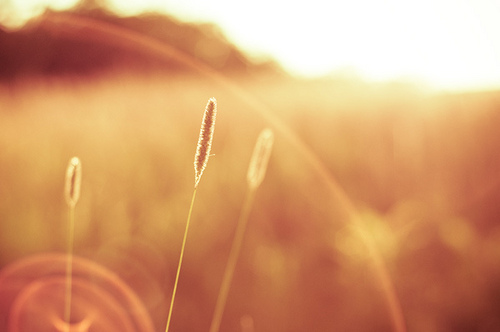
Verifying Ghost Pictures
Be sceptical. It’s hard, but it’s for the best, and it helps build credibility.
The second step – look at the photos on the computer, try not to zoom in your phone as the screen is smaller and you may see something, that you won’t be able to stop seeing it. However, it may just be pixels and light. The phenomenon where we create meaning out of random stimulus is called pareidolia. It doesn’t mean that there isn’t such a thing as ghosts. Ghosts can be caught on film, but that’s not always the way they reveal themselves. Scents and sounds aren’t able captured on film although sounds may appear on a video.
The story behind the picture has importance. It is noted most full apparitions (that look like a person) aren’t experienced by the person taking a photograph or other subjects until later. It takes a lot of energy for the apparition to appear there is little else it can do as we’ll explore when we look at the ‘pushy-ghost’ phenomenon or poltergeists. Sometimes they only appear as a blur on the footage, as though the energy is directed into affecting the natural world.
There are ways to check if photos have been edited through programs such as Symantec Ghost and imaging software. That can breakdown the metadata of a picture.
Check the shutter speed and aperture. This is especially important as with a long exposure, and the subject not staying in the frame can cause them to appear opaque, it’s essential to check the settings through the metadata (which is also available through image editing software).
Natural elements can cause ghost/spirit/orb phenomenon to make sure you eliminate these reasons first:
- shiny or reflective surfaces (this is because this is kind of how lenses work, through mirrors and reflective surfaces)
- dusty
- moisture
- hair wafting into the lens
- smoke from off the camera
A little knowledge of some photographic principles:
Light outside the photo frame cause a Lens Flare by bouncing around the internal mechanism (including lenses) captured by the film or digital sensor. Light from an outside light source, the angle and pinpointing light sources can help determine if it’s a lens flare, along with the angle. (See examples below.)
Blurry photos are a result of low light, either increase the shutter speed or add flash or external light source. Be careful if you have a blurry photo saying there is something supernatural in it as it can be easily dismissed. This can also result from the photographer shaking. A lot of ghost photos are in clear images with the only distortion as the apparition.
Low resolution results in pixelation or noise, which looks like static over the picture.

